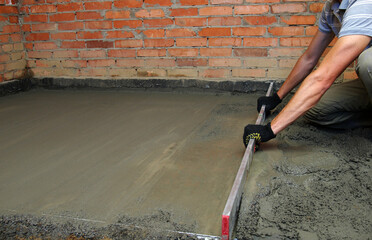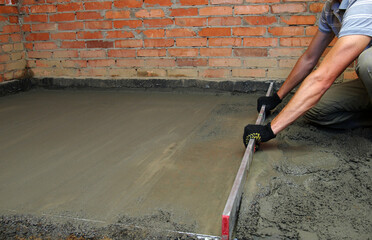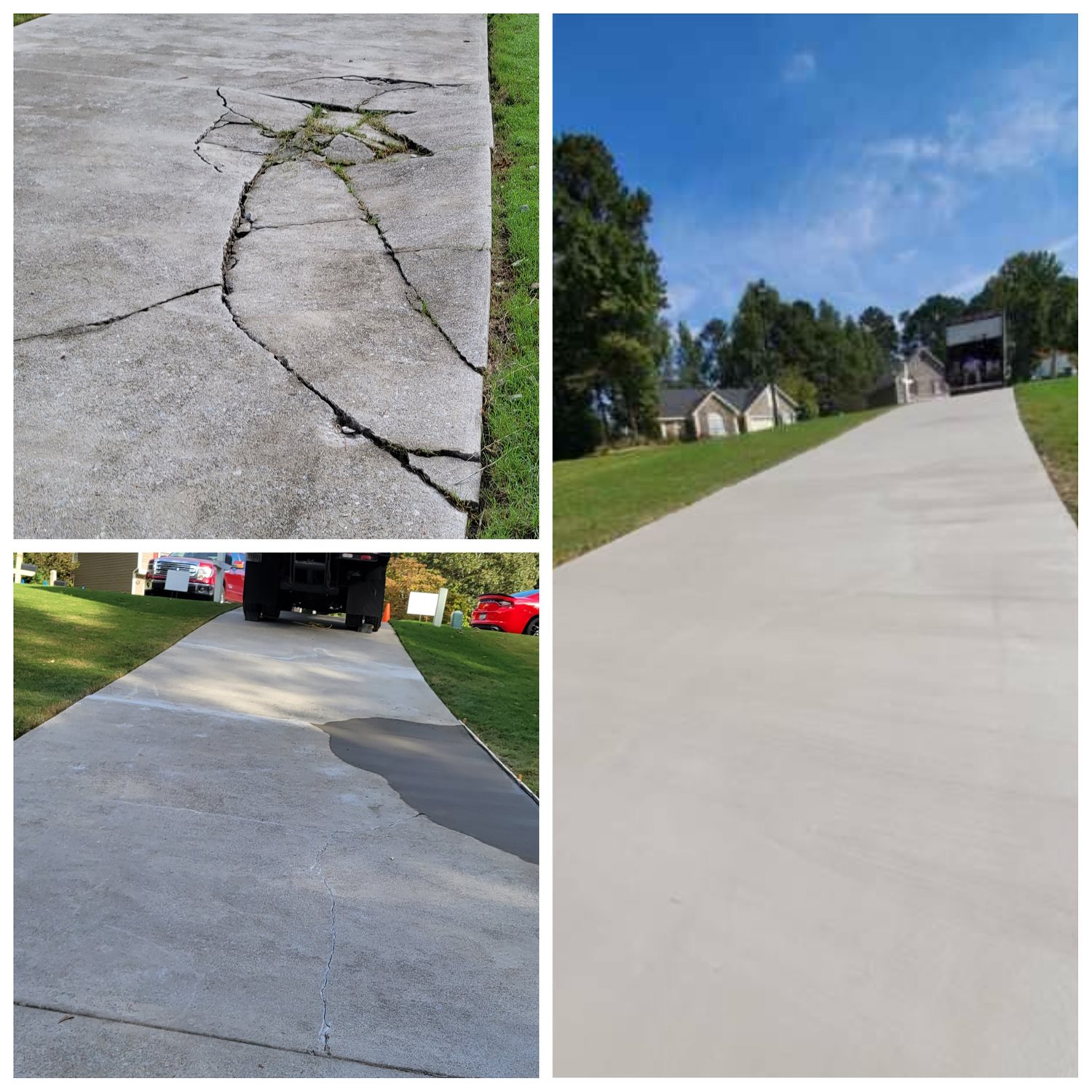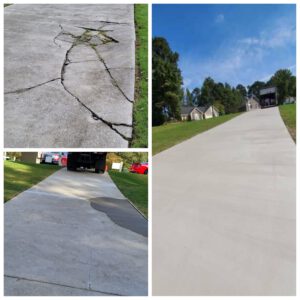Whether your home is made of concrete or you are planning on building one, it’s important to know that you have the right resources for reliable concrete repair. Several materials can be used for this task, including cement- and polymer-based materials.

Various types of polymer-based materials are used to repair concrete structures. These include mortar, grout, and concrete containing Portland cement. Polymer-based repair materials can improve concrete strength, durability, and abrasion resistance. In addition, they can increase the water tightness and freeze-thaw resistance of concrete. They can also beautify walls and strengthen them.
These polymer-based materials are classified into binders, substrates, and coatings. They can provide special functions such as self-healing, fire retardant, and heat insulation. Among them, epoxy is widely used as a curing agent. These polymer-based materials have been widely applied in construction engineering recently. They have great advantages over conventional building materials. These materials are expected to have wide applications in construction engineering.
Some scholars have proposed new methods for testing the bond performance of repair materials. These methods are water saturation, interfacial microstructure analysis, and pull-out bond strength test. Using cement-based materials for reliable concrete repair is an efficient solution. These materials are widely used in the civil engineering field. They are also used for environmental protection and in the nuclear industry.
It has been proven that cement-based materials offer many advantages, including low cost, quick setting time, and rapid hardening. However, they have some disadvantages. A major drawback of these materials is their high porosity. They can also induce a lot of shrinkages. Moreover, these materials may bleed. This is especially true when a contaminated material is being solidified.
In addition, they are harder to place and finish. This makes them less attractive for structural repairs. They may also require a longer curing period. Besides, the properties of these materials have not been fully characterized.
Joint adhesion is probably the most important factor in reliable concrete repair. The properties of the adhesive and adherend must be balanced to maintain proper bonding and prevent leakage. Sealant material must also perform properly in contact with other materials. If not, the joint may fail.
The adhesion properties of a repair material depend on its viscosity, elastic modulus, permeability, and setting shrinkage. The diffusion coefficient of the two materials also affects the rate at which they migrate. The diffusion coefficient decreases by about 10 to 20 times when the material passes from 90% pore humidity to 60%.
Aside from the diffusion coefficient, another critical property of a sealant is its workability. This property allows the repair material to penetrate into the concrete substrate. It also helps it spread faster.
Developing durable repairs to existing concrete structures is one of the major challenges in civil engineering today. A successful repair depends on a thorough understanding of the cracking status, the use of a suitable repair material, and the system’s uniform performance.
There are several approaches to assess the performance of repair materials. However, they all share the same basic goal of maintaining the load-carrying capacity of the concrete structure. This requires the integration of the new material with the old concrete. The key properties of the repair material are the viscosity, elasticity, workability and fluidity.
Despite these properties, the performance of the repair material is influenced by many factors. Some of the major ones include the cement paste’s pore structure and the concrete substrate’s moisture content. These factors affect the amount of induced stress in the repair material.
Several studies have been conducted on the durability of concrete repair. These studies range from numerical modeling of material behavior to study of repair materials and repair application techniques.
Water penetration is the most commonly used test method for measuring the durability of concrete repair. Another common method is the half-cell potential. Other methods include chloride permeability and rapid chloride permeability. The most relevant property of durable repair material is its high tensile strain capacity.
The most common polymer types used in the repair industry are SBR, SAE powder and SBR dispersion. These types are less well studied than their counterparts. The best performance was achieved by using the SAE powder-modified repair system. The SAE powder formed a film at the interface between the repair mortar and old concrete. This film helped explain the difference in the tensile bond strength.



